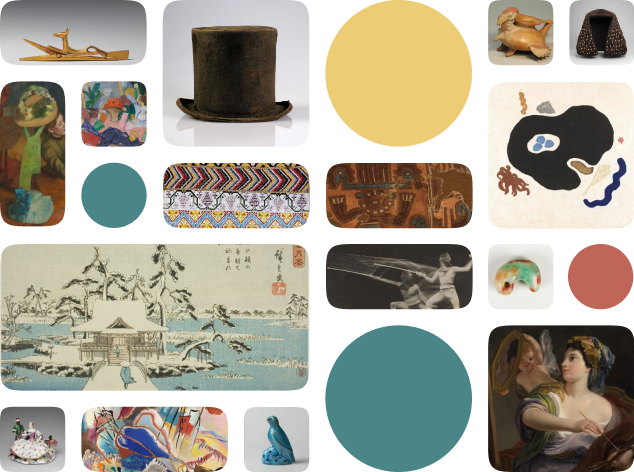Brush Jar with an Imperial Inscription
Creator Name
Cultural Context
Date
Source
About the Work
This quality brush set made of jade in the Qianlong Period features a poem that illustrates the contentment one gains while observing nature. The emperor in the Qianlong Period promoted the arts and participated in the scholarly pursuit of poetry. He also valued an appreciation of nature. The imagery of the flora and fauna found on the set directly correlates to the imagery used in Chinese brush painting. This type of brush painting primarily focused on portraying natural scenes in addition to calligraphic characters.
Work details
Title
Creator
Worktype
Cultural Context
Material
Dimensions
Technique
Language
Date
Provenance
Style Period
Rights
Inscription
Location
Source
Subjects
Topic
Related Content
All Works in Curationist’s archives can be reproduced and used freely. How to attribute this Work:
Help us improve this content!
Save this work.
